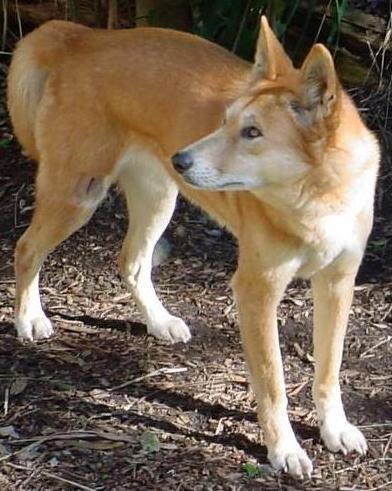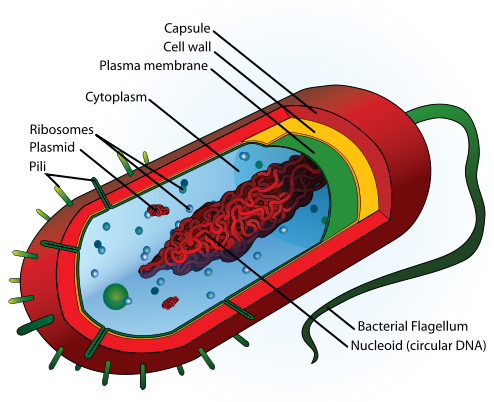 Macropus
rufogriseus
Macropus
rufogriseusRed-Necked Wallaby

 ::
Interactions
::
Interactions
What interactions do they have with
other organisms?

The Red-necked Wallaby is a primary consumer in the food web. They are herbivores and eat only plants which are producers. Their two main predators are dingoes and humans. A dingo is a wild dog that lives in Australia and parts of Asia.
Humans are their other predators. They are trapped for their fur, especially the island subspecies because of their longer fur. They are exported out of Queensland and Tasmania. Wallabies are also shot by humans for food, but this as not as common today as it was in the past. The main reason however that they are shot is because they are pests to farmers. They are considered pests because they compete for food with cattle and sheep. In mobs they can also be destructive and trample seedlings of farmers young crops.

The Red-necked Wallaby is an herbivore and it alone can not break down the cellulose it consumes. They have a mutualistic symbiotic relationship with fungi, bacteria, and protists that live in their stomachs. A mutualistic symbiotic relationship is when two organisms live together and benefit each other. In this case the bacteria, fungi, and protists live in the stomach of the wallaby and breaks down the cellulose and other ingestible materials. They help the wallaby with digestion, and they benefit by having a food source. (The image above is of the general structure of a bacteria.)
Find out why they are interesting!!

The Red-necked Wallaby is a primary consumer in the food web. They are herbivores and eat only plants which are producers. Their two main predators are dingoes and humans. A dingo is a wild dog that lives in Australia and parts of Asia.
Humans are their other predators. They are trapped for their fur, especially the island subspecies because of their longer fur. They are exported out of Queensland and Tasmania. Wallabies are also shot by humans for food, but this as not as common today as it was in the past. The main reason however that they are shot is because they are pests to farmers. They are considered pests because they compete for food with cattle and sheep. In mobs they can also be destructive and trample seedlings of farmers young crops.

The Red-necked Wallaby is an herbivore and it alone can not break down the cellulose it consumes. They have a mutualistic symbiotic relationship with fungi, bacteria, and protists that live in their stomachs. A mutualistic symbiotic relationship is when two organisms live together and benefit each other. In this case the bacteria, fungi, and protists live in the stomach of the wallaby and breaks down the cellulose and other ingestible materials. They help the wallaby with digestion, and they benefit by having a food source. (The image above is of the general structure of a bacteria.)
Find out why they are interesting!!





